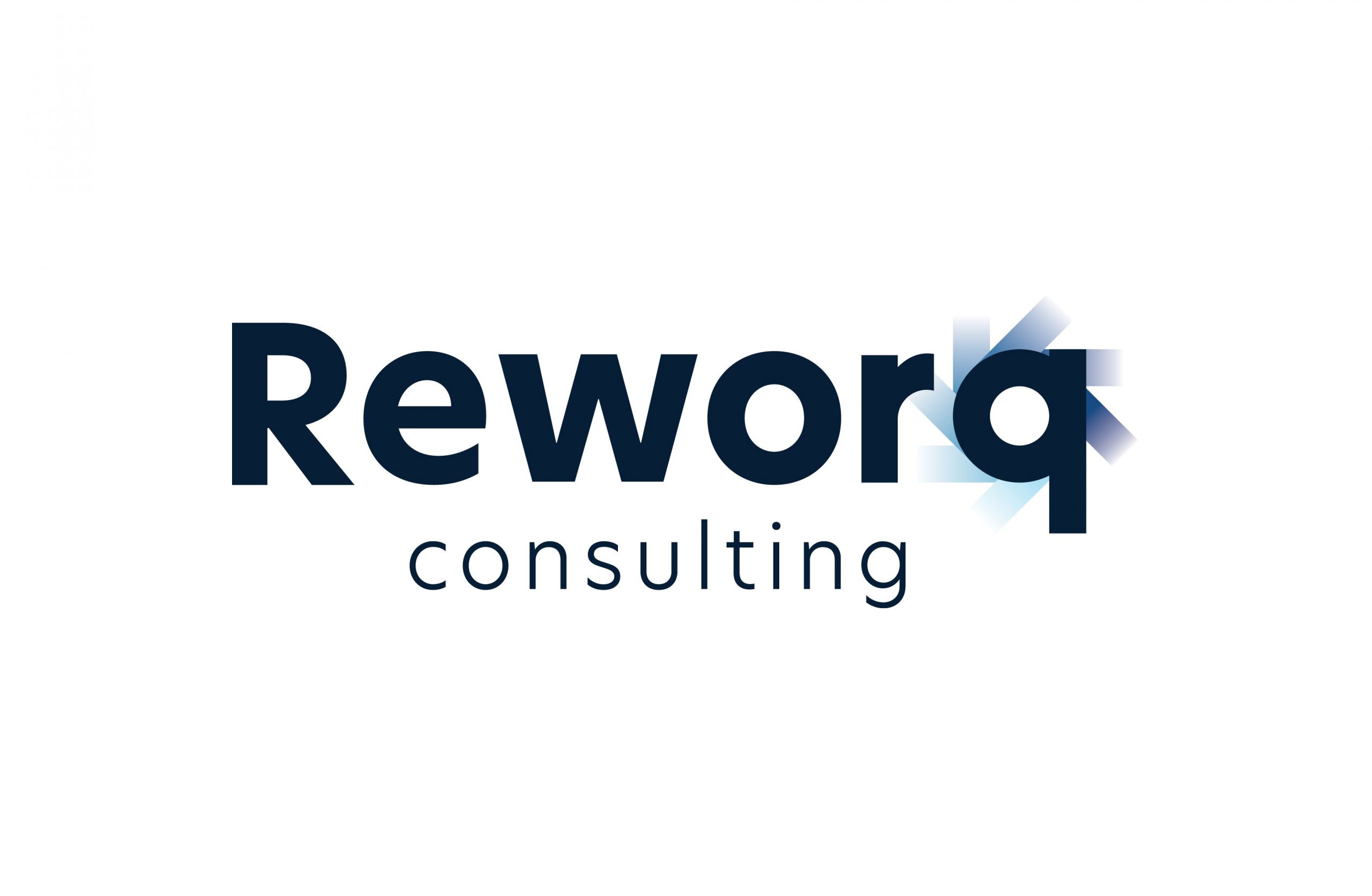Strategy is what drives organisations forward and is the method for achieving a particular goal or a set of goals over a timeframe period. But planning is what helps with the evolution of the strategy, defines its identity, and delivers the realisation for the development of the Strategy Roadmap.
Most strategies fail because the execution falls short! Although, strategic planning is a basic business concept and is at the ‘centre’ of what organisations do to compete in its market, many organisations struggle to make the concept work. Most struggle to translate their business goals or strategic vision into an implementation plan and most Executive Management leaders do not define how to achieve this vision. But the objective sounds simple enough – define the organisation’s strategy and make resource allocation decisions to pursue the vision.
Without road mapping, organisations can lose sight of the strategic vision, communications become unclear, and teams fall short on their objectives to execute change. For strategic execution to be successful, businesses (small, SME, corporates, and enterprises) need to start with a Strategic Plan that identifies the core problems an organisation plans to address; and a Strategy Roadmap that can be integrated across all cross-functional facets of the business. This allows for a clear (and concise) prioritisation of work and resources across the various departments and business units.
What is the importance of a Strategy Roadmap?
A Strategy Roadmap communicates your business vision. With outlining the key steps to achieve your mission, a business roadmap is determined by your long-term objectives and deadlines. The keyword here is ‘long-term’ – that means it doesn’t include short-term wins, since this roadmap is reserved for overarching goals.
The roadmap is owned by senior-level stakeholders and needs to be accessible to every single employee (but to view the intended purpose and direction). By granting access, you align your individual departments on your plans to grow the business and therefore, encourage teams to develop projects that contribute directly to growth objectives.
It takes deep thought, process, and deliberate planning to move from ‘current’ state to ‘future’ state. However, a Strategy Roadmap helps you visualise the strategy for achieving your vision. It is a powerful tool for communicating your desired (and future) destination by motivating the entire team around the “WHY” behind their work, and guiding priorities.
Vision and direction towards change
A Strategy Roadmap provides a clear vision, purpose, and direction for the organisation. It clearly outlines – Where the organisation wants to go? What it aims to achieve? How it plans to get there? – but all are critically important for maintaining focus and keeping all the work efforts aligned with its goals and objectives.
Alignment to roles and purpose
A Strategy Roadmap aligns cross-functional parts of the organisation around its strategic objectives. It ensures that everyone (from Executive Management to Senior Management to Line Managers to employees) understands the business strategy and their individual roles in delivering the objectives. This values alignment can enhance co-ordination, collaboration, and productivity for business units across the entire organisation.
Communication helps build trust
The Strategy Roadmap is an excellent communication tool to everyone in the organisation. It highlights the visual purpose and describes the strategy (and direction) in such a way that’s easy for all stakeholders to understand, no matter their involvement or expertise or limitations. This foresight and clarity helps build confidence and trust with all employees to ensure everyone is focused on the change journey and direction.
Inspiration for a new direction
It is worth noting that the Strategy Roadmap is an internal document but also plays an important part with motivating teammates to achieve a change in direction and excite them about what change is coming. However, some organisations also choose to share ‘high-level’ roadmap views with various external groups such as customers, investors, shareholders, or partners.
Prioritisation of critical initiatives
The Strategy Roadmap helps organisations prioritise their most critical initiatives and their resources requirement. Hence why organisations can determine which initiatives are the most important, where to invest their resources, and which projects might not be as critical as others (ranking of project initiatives).
Benchmark to measure progress
The Strategy Roadmap provides a benchmark for measuring its progress. It outlines the desired outcomes and timelines, allowing Executives and Senior Managers to track their progress toward their strategic goals, identify deviations, risk mitigation, and make necessary directional corrections in a timely response to reset the roadmap.
What are the keys to success with Strategic Planning?
Effective strategic planning has many benefits since it enables organisations to be aware of the future state of opportunities and challenges imposed by change. However, it also forces them to anticipate risks and understand what resources will be required to seize upon new opportunities and overcome strategic issues.
Strategic planning also gives employees or individuals a sense of direction, purpose, and aligns their thinking around a common mission – by creating standards and accountability. Strategic planning can enhance operational plans and efficiency. It also helps organisations limit (and reduce) time spent on crisis management, where they’re reacting to unexpected changes and that they failed to anticipate and prepare for.
Connecting business objectives to daily work
There are steps organisations can take to make strategic planning efforts easier and alignment with organisational goals. Ultimately, to turn your strategy into a plan (and make the necessary impact) there is a critical requirement to proactively connect enterprise objectives to your employee’s daily workload and activities.
When you can clarify this unique connection, your team members are provided the context they need to get their best work done. With clear and concise priorities, team members can focus on the initiatives that are making the biggest impact for the organisation – and they’ll likely be more engaged while undertaking these initiatives.
Determining the risks and costs with poor implementation
Strategic planning does not guarantee success. In fact, if it is implemented poorly, strategic planning can be very costly for an organisation (a lot to risk!), such as the following:
- Time
- Money
- Competitive edge
- Customer base
- Market share
- Skilled employees
- Other valuable assets
Why the Strategic Roadmap represents your purpose?

Strategic planning sets the organisational direction to deliver value.
The Strategic Plan is a representation of vision and created to drive organisational change and transformation. So why does change transformation fail? It has to do with one (1) word: execution!
However, the Strategic Plan traditionally does not empower organisations to execute strategically. Because organisational challenges disrupt your change initiatives, but these same challenges can be mitigated by creating ‘true’ strategic plans that operationalise the organisation’s strategy.
Driving and guiding your strategic initiatives
Utilise the Strategic Roadmap as a guide and launch pad for your Strategic Plan initiatives. The ideal execution is to keep every single project initiative on target and to instil in your key stakeholders and employees to remain laser-focused on your organisational goals.
Communicating strategy and future direction
A well-communicated strategy helps with the understanding, alignment, visionary focus, and support across your cross-functional business units and teams.
Obtaining ‘buy-in’ from internal stakeholders is essential for project success. The Strategic Roadmap serves as a key communication tool, helping to show (and guide) your team, plus other stakeholders – How to bridge the gap between ‘current’ state and the ‘future’ envisaged for your organisation?
Resource planning and time management for project initiatives
Your Strategic Roadmap helps to evaluate and determine your resource planning with allocating the budget, key personnel, and time to ensure the best results. This also helps to maintain a tighter control on project milestones, as your project initiatives progresses towards completion.
Tracking and measuring progress of strategic objectives
The Strategic Roadmap tracks progress against your objectives and creates momentum towards organisational goals. This provides the necessary benchmarks and Key Performance Indicators (KPIs) against which you can measure your success, but also to assist with highlighting specific areas that need improvement or adjustment to re-align your change journey.
Decision-making aligned to clarity and direction
The Strategic Roadmap guides your decision-making across all levels of the organisation and by helping team members make well-informed choices, but that align with the overall business strategy (and direction). By providing a clear and concise view of the strategy objectives and initiatives, then this determines faster evaluation of clarity, intent, purpose, and with more confidence.
Facilitating the transition of Change Management
When organisations commence a new Change Management program, a Strategic Roadmap can guide this process and facilitate the change journey. Whilst it outlines the steps (and milestones) of the change, what it does help is with managing the transition, phases towards milestone deadlines, and ensures that everyone remains focused on the end goal and outcomes.
Transparency builds ‘buy-in’ from potential investors
The Strategic Roadmap provides a offers a clear and concise visual representation of your strategic direction, and additionally your key project initiatives and timeline towards completion. Because this helps illustrate your organisation’s future but critically with how you will achieve your goals in a meaningful way, so that all employees can understand the importance to overall business growth.
This accurate transparency helps to build investor confidence, demonstrates your business competency, and assists with securing their ‘buy-in’ and continued support. Therefore, potential investors are more likely to invest in an organisation when they understand the background, respect for the decision-making protocols, and belief in its purpose and strategic direction.
Summary
Make your strategic vision a reality with a Strategy Roadmap to help bridge the gap between strategy and goal achievement.
A Strategy Roadmap is an invaluable tool that makes a strategic vision a reality. It helps organisations avoid losing sight of their long-term goals and by communicating the importance (display in foresight) along with their correlated execution initiatives. It visualises the transition from an enterprise’s ‘current’ state and towards the ‘target’ state.
Using a Strategy Roadmap allows Managers to visualise the most critical business objectives and generate actionable plans that align the approach towards organisation goals. The role of a Strategy Roadmap across the entire strategy-to-execution process is vital for the following two (2) reasons:
- It serves the purpose of a directional and guiding map that helps organisations on their journey towards reaching their high-level goals.
- It helps navigate the complexity of the work activities and aligning the focus efforts across different business units, teams, key stakeholders, and employees.
The resulting Strategy Roadmap and portfolio of project initiatives are aligned to create mutually reinforcing investments in capability over time. The integration of an organisation’s answers to these questions — Who? What? How? — and defines the Strategy Roadmap to achieve its “WHY”.
Need some guidance on your next steps? Let’s start a conversation…



